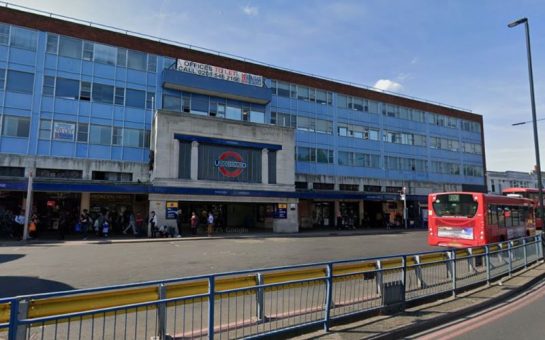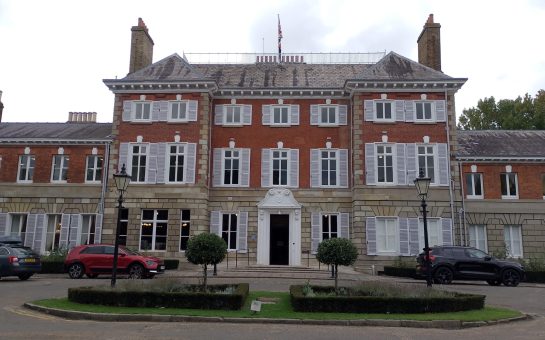Spending on construction by London local authorities has decreased by 13% in the last five years.
Across south west London in Lambeth, Hounslow and Sutton, construction funding is less than it was five years ago.
In contrast, new data from IronmongeryDirect shows that almost half of other UK constituencies increased construction funding from 2015 – 2021.
Construction funding can include crucial development such as houses, roads, and open spaces.
Many councils publish their “Regeneration” plans and other details of the planned construction of their infrastructure.
Much of this regeneration usually means constructing housing, so the reduction or stagnation of spending on construction could stall some of these projects.
Given the severe shortage of affordable housing in London, these decreases in funding could have a serious impact on the housing crisis.
Many councils responded to this new data by stating the impact of the pandemic on financial priorities.
Steve Curran, leader of the Council and Cabinet Member for Corporate Strategy, Planning and Regeneration for Hounslow Council said: “The impact of the pandemic and Brexit has undoubtedly contributed to construction delays and costs going up.
“Hounslow Council, along with other councils, continues to face unprecedented financial pressures and growing uncertainty caused by inflation rates.
“Despite this, over the past four years, the Council has remained resilient and focused on building council homes for the most vulnerable of its communities.
“This illustrates that in times of adversity, we are firmly committed to helping those most in need.”
A spokesperson from Hounslow Council also pointed out specific projects that construction spending has gone toward, such as the £35.4m spent on new council housing, and £27.6m spent improving current council housing stock.
Inconsistent with the trend in London, the data shows that funding in neighbouring constituencies in the East of England and South East of England actually rose by 21%.
Across the country in fact, there are inconsistencies in funding.
The government policy on “levelling up” promises to rectify inequalities across the country such as these.
The government recently released a white paper stating that “levelling up” promises “system change” in implementing policy, and there is a particular focus on construction.
One of the proposals for example promises to restore “local pride” through “Kings Cross style” regeneration projects in town centres, and redistributing £1.8 billion in funding to transform brownfield sites to encourage affordable accommodation.
But in a statement regarding the white paper, the Joseph Rowntree Foundation, an independent organisation working toward social change, criticises the lack of new funding, as well as the centralised approach to devolution.
Katie Schmuecker, Deputy Director of Policy & Partnerships at JRF wrote: “Local areas must be trusted to make decisions about what is best for them, and crucially must be given the investment and powers they need to achieve this.
“A focus on rising employment, pay and productivity will only succeed if it delivers better jobs and pay for people on the lowest incomes.
“To make this happen we need to see investment in skills, childcare, local transport and affordable housing.”
The areas across the country that have increased construction funding despite post-pandemic difficulties will be a boost to the construction industry.
However the variety in funding levels demonstrates wider inconsistencies across the country and an uncertain future of post-pandemic recovery and the housing crisis.




